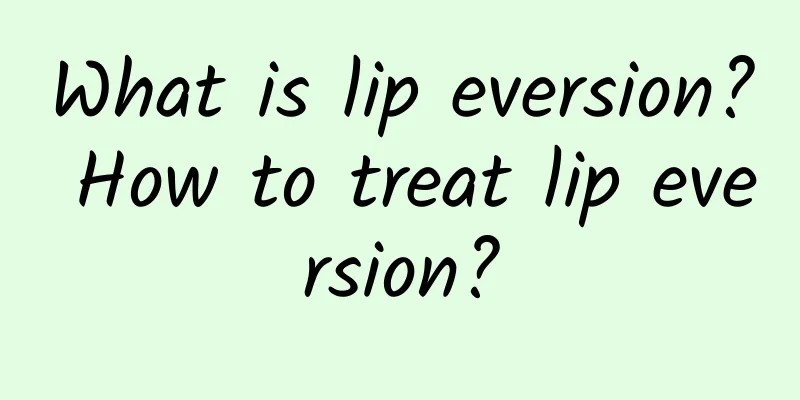White eye bleeding

|
White eye hemorrhage is also known as subconjunctival hemorrhage in medicine. It is a very common eye disease and is also very common in clinical practice. Generally, the symptoms exhibited by patients with this disease are not very obvious and are often discovered by others. Generally, the whites of the eyes will appear red, and only then will they seek medical treatment. It is very common among middle-aged and elderly people, and more common in men than in women. White eye bleeding is a very common disease and may occur in any season of the year. The degree of white eye bleeding may vary. For some people, the disease is not very serious and generally will heal on its own without treatment. However, for safety reasons, everyone should seek treatment in time. If the white of the eye is bleeding, it is probably subconjunctival bleeding, which is caused by the rupture of small blood vessels on the surface of the eye. In fact, most subconjunctival hemorrhages are caused by unknown reasons, and most patients have no history of trauma. Many people only find bleeding when they wake up and look in the mirror. In this case, it is possible that they accidentally press or rub the eyeball while sleeping. Some patients have subconjunctival hemorrhage due to severe coughing or holding their breath (such as constipation or lifting heavy objects). However, if subconjunctival hemorrhage recurs, you should consider whether you have high blood pressure, diabetes and blood diseases (bleeding tendency, such as easy bruising, nosebleeds, etc.). Generally speaking, subconjunctival hemorrhage does not require treatment. It will be absorbed by itself within 7 to 14 days without any sequelae. However, you should avoid rubbing your eyes and eye injuries to prevent further bleeding. Subconjunctival hemorrhage is commonly known as white eye bleeding and is a common disease in the elderly. The common causes of this disease are related to the decreased elasticity and increased fragility of blood vessels in the elderly and the presence of hypertension, arteriosclerosis and diabetes. Long-term severe cough, excessive physical labor or sports activities, and constipation are the most common triggers. Subconjunctival hemorrhage can occur in both eyes, and the range and severity of bleeding vary. Most of them are dark red patches that start from the inside of the palpebral fissure and gradually spread to the entire white of the eye. The cornea and the black part of the eye often also appear dark red. In those with milder symptoms, the bleeding spots only appear on the inside of the palpebral fissure. When elderly people have subconjunctival hemorrhage, they do not feel any obvious discomfort and usually go to the hospital for treatment only after their family members discover the problem. Those with mild symptoms can sometimes heal on their own. In order to prevent the bleeding from expanding and promote speedy recovery, in the first two days of subconjunctival hemorrhage, you should apply cold compresses to the eyes with a towel soaked in cold water and ice cubes to cause the blood vessels to contract and stop the bleeding. After 3 days, you should change to hot compress with a towel soaked in hot water to dilate the blood vessels and promote the absorption of bleeding. You can also use eye drops with vasoconstrictor effect. For those with a large range of bleeding, oral hemostatics, vitamin K, Anluoxue, vitamin C and other drugs should be taken under the guidance of a doctor. You can also use Chinese medicine decoction, 10 grams each of raw rehmannia, red peony root, moutan bark, sophora flower, white grass root, gardenia, and scutellaria, and 6 grams of licorice, one dose per day, divided into two doses. Generally, patients with white eye bleeding will be treated with eye drops, which can effectively prevent infection. If some patients have severe white eye bleeding, they must go to the hospital for examination and treatment in time. If they cannot be treated in time, delaying the disease will not only increase the difficulty of treatment, but also cause harm to their body. |
<<: What is the cause of high white blood cell count?
Recommend
The composition of the skull
The human brain is a very sophisticated organ. Th...
The difference between vaginitis and cervical erosion
Vaginitis and cervical erosion are both common gy...
What causes eczema?
In southern my country, the weather is hot and hu...
How is emphysema treated?
Emphysema is also a common symptom in life, and s...
The harm of goose not eating grass in treating rhinitis
Goose grass is a wild plant that is everywhere in...
What are the side effects of Chonglou?
Paris polyphylla is a very important Chinese medi...
How to treat fungal otitis media? Check and treat in time
Fungal otitis media can cause pus discharge from ...
Can banana peels be used to treat baby's eczema?
Eczema is a skin disease that babies are very pro...
Sweating in the middle of the night
If a person sweats while sleeping, this symptom m...
Consequences of being hit in the head with a fist
The nerves in the head are very complex, so when t...
Does rhinitis make the nose bigger?
Rhinitis is a very common disease in life. There ...
What to do about bloating
Abdominal bloating is a very common problem. When...
How to treat temple pain
Temple pain is a very common phenomenon in our li...
What should I do if my hand is swollen after the indwelling needle is inserted?
Indwelling catheters are clinical medications and...
What should I do if I have abdominal pain after doing abdominal muscle exercises?
Exercise is a very popular thing in modern life, ...









